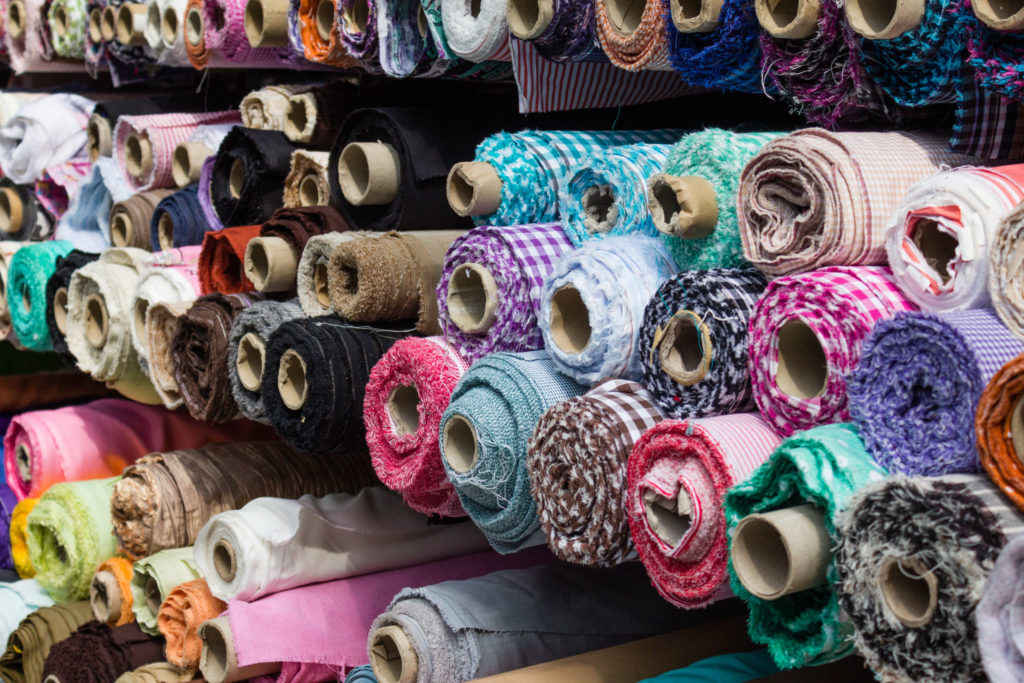Can product disposal define your brand?

Copyright: hanohiki/123rf
The method a manufacturer uses to dispose of damaged, recalled or over-produced product is an important factor, as well as following regulatory compliance. You might already know that improper disposal of unneeded products can leave your brand at risk, not to mention, competitors can collect stray information and product specs from carelessly thrown away materials.
This is prevalent in the fashion industry, where image and reputation of what they’re producing for consumers to wear is the basis of their livelihood. According to Dazed, “hefty markdowns” and counterfeiting (which supports future thefts of brand knowledge) are a few reasons big-name fashion brands might turn to product destruction.
Large fashion brands need to protect their reputation from these large markdowns that would otherwise tarnish their image if price-slashing resulted in a vast amount of their overstock ending up on the secondhand market.
Another reason that fashion brands may turn to product destruction, along with other companies, is when their garments are defective or otherwise unable to be worn. H&M, for example, states that they destroy only moldy clothing and product that does not comply with their “strict chemical requirements.” In other words, they are getting rid of their manufactured products that would be harmful to consumers if sold in stores.
Though some brands need to turn to product destruction, it should be noted that not every product destruction case should be treated exactly the same. Product destruction cases, like the services we offer at Shred Right, should be customized to fit the needs of the brand and company.
Have further questions about product destruction and shredding or need to set up an appointment to dispose of your unneeded materials responsibly? Get in touch with Shred Right and let us know how we can help.
